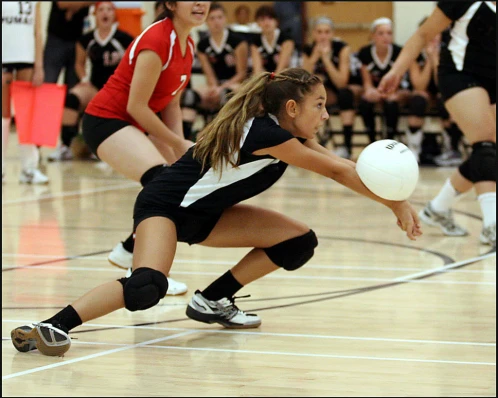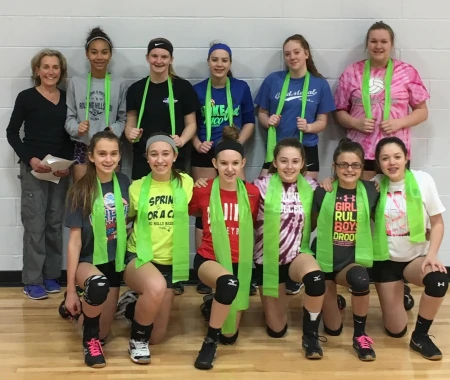
Player and Coach Education is Key to Injury Prevention in Adolescent Athletes
 Intensive sport participation in childhood and adolescence is an established cause of acute and overuse injuries. Interventions and programs designed to prevent such injuries are important in reducing individual and societal costs associated with treatments and recovery.
Intensive sport participation in childhood and adolescence is an established cause of acute and overuse injuries. Interventions and programs designed to prevent such injuries are important in reducing individual and societal costs associated with treatments and recovery.
As a physical therapist I frequently see injuries related to overuse and excessive play time. Adolescents who really love the game and are serious about the sport often practice and or play up to 6 days a week. Recently I had the honor to assist in rehab of “Maddie”. Maddie is an exceptional volleyball player who developed right shoulder pain and was diagnosed as having “repetitive trauma to the shoulder”. After 6 weeks of rest and successful rehab her mother felt that continued education regarding safe and appropriate training and play would be the key to keeping her on the court. The coaches likewise welcomed the insight of injury prevention and education for the team. On January 4 coaches, parents, and players came together for discussion and educational session that included awareness of injury prevention and avoiding unnecessary overuse. We discussed the top 5 risk areas as it relates to the serious volleyball player.
Ankle sprains- these occur mostly at the net when one player lands on another. Frequently this is an inversion type injury causing strain if not a tear of the major supporting ligaments of the ankle. If you cannot tramp on it, it swells, best to get this checked out. RICE-the abbreviation for Rest, Ice, Compression, and Elevation of the ankle.
Patellar tendinopathy- or “Jumpers knee” Overuse and irritation of the quad tendon. Excessive toe in position during loading and take off phase of the jumps can be a contributor. Coaches should limit the volume of jumping during training and look for instability in the legs when performing jumps and landings.
Shoulder overuse –the third most common overuse syndrome. “Spiking” is a dramatic and powerful skill. Elite volleyball players practicing and competing 16-20 hours/week may perform as many as 40,000 spikes in one season. The shoulder girdle and core muscles must be strong to keep mechanical breakdown at a minimum.
Low Back Pain-Poor or neglected core strength can be a factor. Mechanical low back pain should subside quickly with rest. Coaches need to pay attention and look out for excessive trunk twisting and or again faulty mechanics with serving and spiking
 The girls participated in a short warm up lightly jogging about the gym. Then, they were introduced to 7 stretches that they could incorporate into their daily workout, lessening chance of injury.
The girls participated in a short warm up lightly jogging about the gym. Then, they were introduced to 7 stretches that they could incorporate into their daily workout, lessening chance of injury.
Finally, the team was reminded that although we cannot prevent 100% of all injuries we hope to lessen the frequency of injuries as we address the following:
- Proper warm ups and stretching with attention to proper techniques with careful monitoring by coaching staff
- Eating a balanced diet, limiting processed foods, more whole foods and plenty of water
- Keep up cardiovascular fitness and core strength via regular walking jogging, cycling, and core exercises
- Get enough rest and careful with overuse and excessive play on multiple teams.
- Mastering good techniques of play
- Treat injuries as they occur and obtain the proper medical care and rehabilitation to allow the body to completely recover before continued play.
With the coaches, parents and team working together we know Maddie and her teammates have an improved chance of staying healthy and in the game as they head toward their high school and college years of play.
********If your athlete or team have any questions regarding injury prevention or rehab, know that you can call one of our professionals at MMI rehab department.